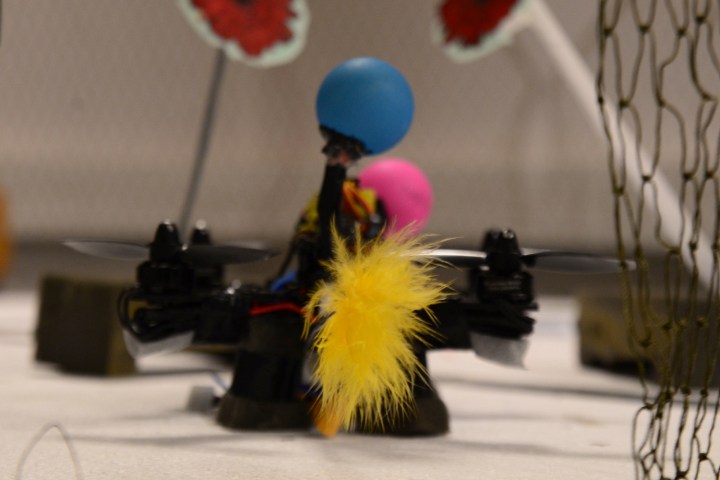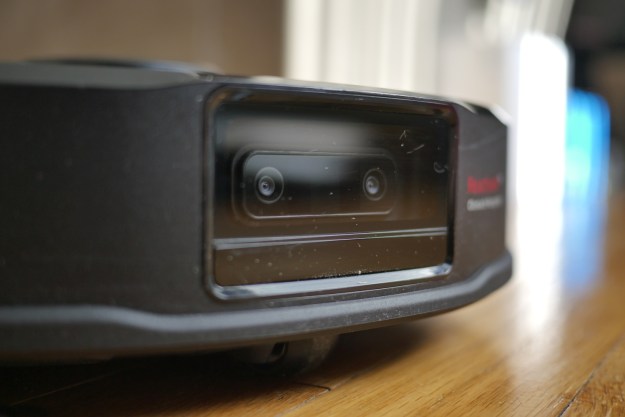
That is the mission of an unusual project taking place at Poland’s Warsaw University of Technology. For the past four years, researchers there have been working to build robotic bees, called B-Droids, which they hope can carry out some of these tasks.
Through various iterations of the project, the robots have grown increasingly sophisticated — from early wheel-based bots which used computers to find nearby flowers to the latest version, a quadcopter able to move from flower to flower taking pollen samples.
“The first field test took place in 2014,” Rafał Dalewski of Warsaw University of Technology’s Faculty of Power and Aeronautical Engineering told Digital Trends. “Then we made the first pollination in 2015 and the first pollination biological efficiency test in 2016. This autumn we made first in-flight tests. Now we are seeking investors to go to startup phase. In [the next one-and-a-half] years I want to implement the first product — a mobile autonomous robot for precision agriculture.”

In tests, the earlier wheel-based B-Droid successfully pollinated both garlic and strawberries. The newer flying version of the robot presents exciting new opportunities, although currently it’s limited by a flight time of just a few minutes.
In both cases, the robots are autonomous and do not need a worker to operate them. The human user simply defines an area of operation and unique flower properties and then leaves the machines to carry out their mission.
“[The latest quadcopter] is controlled by a system of external cameras and a ground station computer,” Dalewski said. “When cameras and [the] ground station provide information about flowers’ position, a route is planned and the quadcopter is launched and directed by the system toward a flower. When it reaches one flower and collects pollen, it flies to another and another, until it reaches all flowers in a dedicated area.”
But do they produce robot honey? Sadly not at this point, at least…
Editors' Recommendations
- Tesla’s Optimus humanoid robot can now dance like Elon Musk
- Meet the game-changing pitching robot that can perfectly mimic any human throw
- Part Terminator, part Tremors: This robotic worm can swim through sand
- How robotic exoskeletons can help paraplegic patients heal from injuries
- Tiny robot can be made to ‘walk’ using pulsed laser beams


